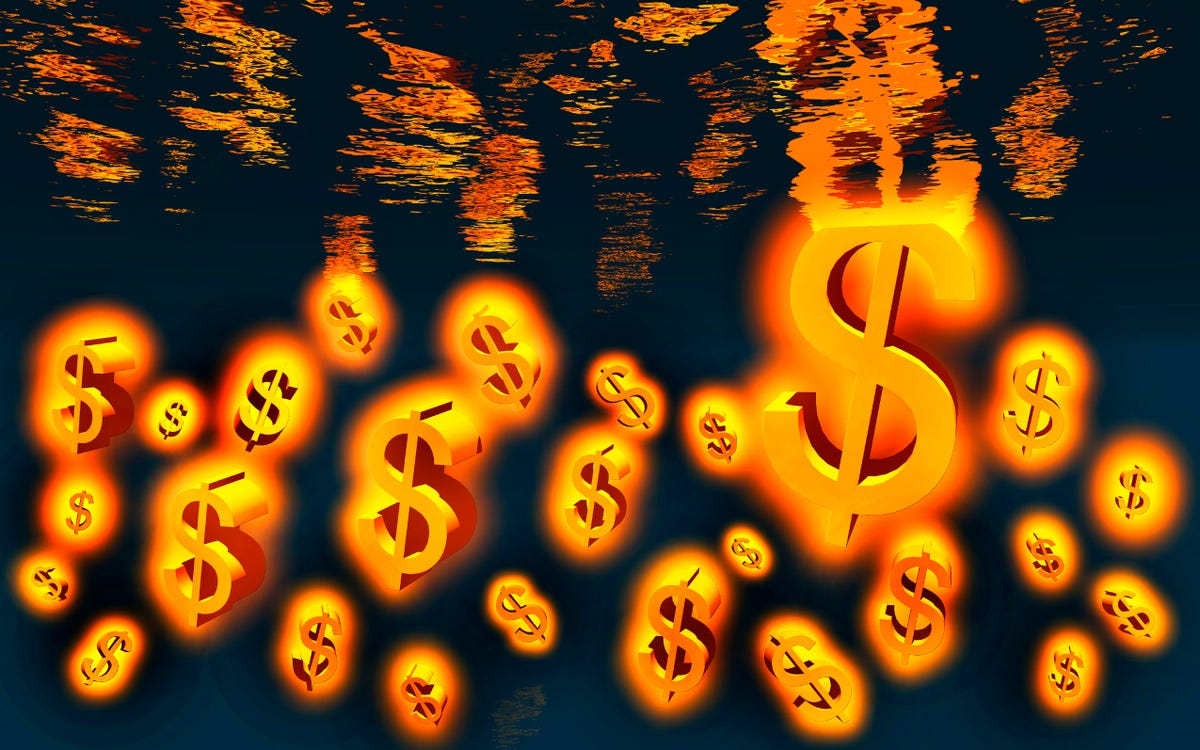#Fed #Greenback #cash #money #digital #cryptocurrencies #banks #bitcoin #ether
$USD $BTC $ETH
“The rise of private cryptocurrencies has the Fed considering a ‘digital dollar’ to be used with traditional paper money”— Paul Ebeling
The Fed is taking the 1st step toward launching its own digital currency, a move that could shake up banks, give millions of low-income Americans access to the financial system and fortify the Greenback’s status as the world’s reserve currency.
The idea of creating a fully digital version of the USD was unthinkable a few years ago, has gained bipartisan interest from lawmakers because of its potential benefits for consumers who do not have bank accounts.
The rise of private cryptocurrencies has motivated the Fed to start considering a digital Greenback to be used alongside the traditional paper money. The biggest driver of concern was an launched in y 2019, to build a global payments network using crypto technology. Though that effort demonstrated how the private sector could create a massive currency system outside government control.
Central banks around the world have begun exploring the idea of issuing their own digital currencies, a fiat version of a cryptocurrency that would operate more like physical cash that would have some of the same technological benefits as other cryptocurrencies.
A person or a business could keep their digital dollars in a virtual “wallet” and then transfer them directly to someone else without needing to use a bank account. Even if the wallet were operated by a bank, the firm would not be able to lend out the cash. But unlike other crypto assets like Bitcoin or Ether, it would be directly backed and controlled by the central bank, allowing the monetary authorities to use it, like any other form of the dollar, in its policies to guide interest rates.
The Federal Reserve Bank of Boston and the Massachusetts Institute of Technology’s Digital Currency Initiative are aiming next month to publish the first stage of their work to determine whether a Fed virtual currency would work on a practical level, an open-source license for the most basic piece of infrastructure around creating and moving digital dollars.
It will be up to Congress to decide whether the central bank should formally pursue such a project, as Fed Chairman Powell acknowledged.
Lawmakers on both sides of the aisle are intrigued, particularly as they see China building its own central bank digital RMB Yuan, as well as the global rise of cryptocurrencies, both of which may diminish the Greenback’s influence.
Behind the curve
Christine Lagarde, President of the ECB, has come out swinging against cryptos, saying in an interview that they “are not currencies” and adding: “CRYPTOS ARE HIGHLY SPECULATIVE ASSETS THAT CLAIM THEIR FAME AS CURRENCY POSSIBLY BUT THEY’RE NOT.”
Have a prosperous week, Keep the Faith!









